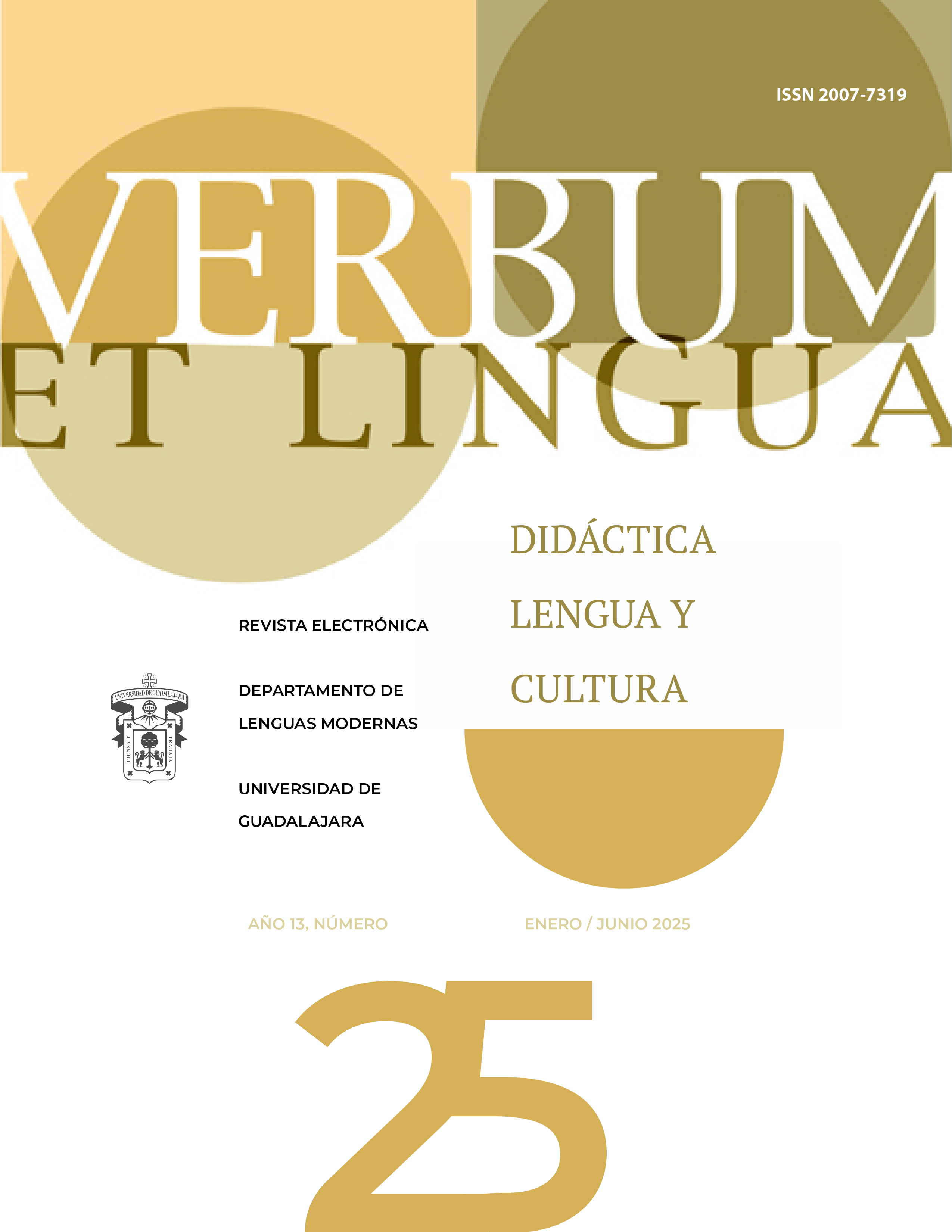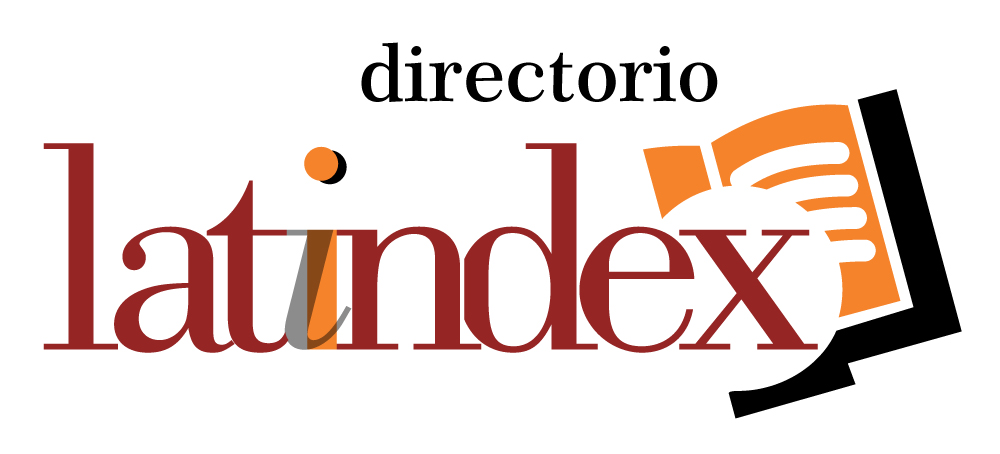Linguistic and Discursive Identities in International Musical Collaborations: The Case of ‘Truth Hurts’ by Lizzo ft. AB6IX
DOI:
https://doi.org/10.32870/vel.vi25.306Palabras clave:
Music identity, Pop music, International Music collaboration, Identity hybridizationResumen
Music is a cultural product of undeniable importance as an entertainment product and a way of social and personal expression representing and reflecting aspects of the society that produces and consumes it (Frith, 1996). However, the globalization of music generates the contact of once geo-cultural targeted audiences and inevitably generates various processes of reconfiguration and cultural hybridizations. In this work, we aim to explore the influence of cross-cultural musical international collaborations, in this case, between the American artist Lizzo and the South Korean boy band AB6IX. Other works have pointed out that the K-pop music market benefits widely from these musical and linguistic hybridizations (Jie, 2023). However, this analysis focuses on a more specific sociolinguistic and discursive dimension. Thus, we seek to explore the various phenomena that this dialogue produces at the cultural and linguistic hybridization level in a more profound and more unintentional strategy of assimilation. For this case, AB6IX’s linguistic behavior has shown a tendency to assimilate and embrace some linguistic features of the singer Lizzo, being the most remarkable phenomena of code-switching, dialectal imitation, and discourse asymmetry in lyrics.
Descargas
Métricas
Publicado
Versiones
- 2025-08-13 (3)
- 2025-03-26 (2)
- 2025-03-26 (1)














